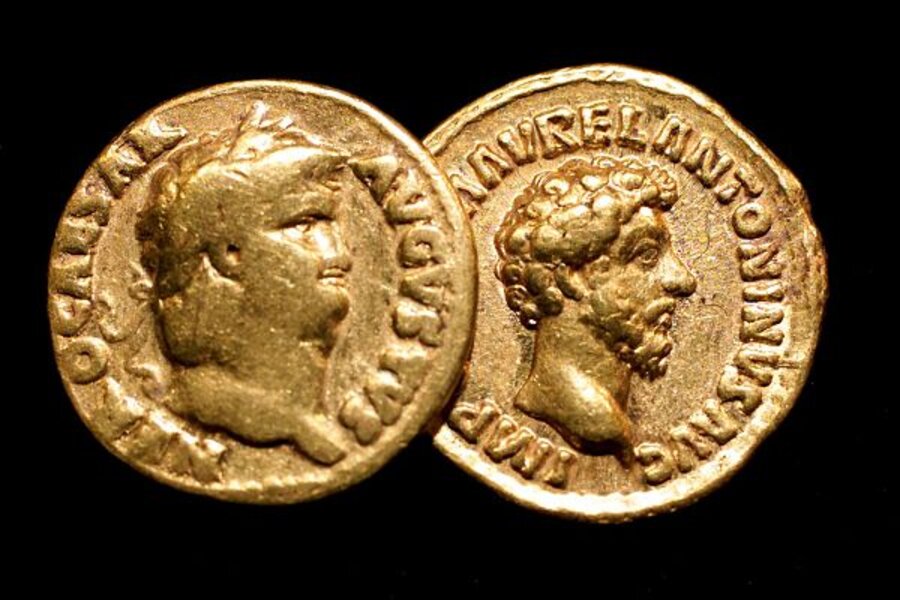Governments are printing too much money
Loading...
There's a new book out, The Corruption of Capitalism by Richard Duncan. He's American but I guess he's in London because he was on the Today Programme this morning. The argument, which I subscribe to and which is reflected in The Alternative Manifesto, is that capitalism works just fine, but it has been corrupted by paper money and government borrowing. Before 1972, the US dollar was tied to gold, and other world currencies were pegged to the US dollar. So there was a limit to how many paper dollars (and pounds, and yen) could be printed. That did cause problems occasionally, but it kept our money sound.
Since 1972, there have been no such restraints. Governments could print as much money as they wanted. Meanwhile, the postwar belief in the desirability of large government spending programmes, and the Keynesian orthodoxy that the government could spend its way out of any crisis, made governments think they needed more and more money. The result is that they flooded the world with the stuff, using it to fuel excessive government growth and spending. (Our money is worth about 2% of what it was at the end of World War 1).
As soon as the gold restraint was gone, the Heath government set about printing so much money that inflation rose to 26%. The Wilson government that followed then raised expenditure even more, producing stagflation. In the mid1980s there was another boom, corrected only by a another recession, stock market crises and the rest. Governments still didn't learn, and off the cycle went again, bigger and bigger. Any crisis – the 1985 Savings and Loan Crisis, the 1997 Russian default, 9/11 in 2001 – was met by the authorities flooding the world with money, in a coordinated effort by London and Washington.
It was a huge fake boom, and as always it produced a huge real bust. The authorities have again tried to staunch it by printing money. If they hadn't, the scale of the bust would be obvious – about as big as the Great Depression. Of course, not many people want to go back to a gold currency – particularly when the Russians own so much of the world's supply. But we need something like it. The first duty of our monetary authorities is to keep the currency sound, not to debauch it. Governments need to be forced to balance their books, with strict spending, borrowing, and debt limits. And we need tougher reserve requirements on the banks, so that they cannot magnify the amount of money that governments produce and turn a drama into a crisis. And we need to get on with it now.
Add/view comments on this post.
------------------------
The Christian Science Monitor has assembled a diverse group of the best economy-related bloggers out there. Our guest bloggers are not employed or directed by the Monitor and the views expressed are the bloggers' own, as is responsibility for the content of their blogs. To contact us about a blogger, click here. To add or view a comment on a guest blog, please go to the blogger's own site by clicking on the link above.





